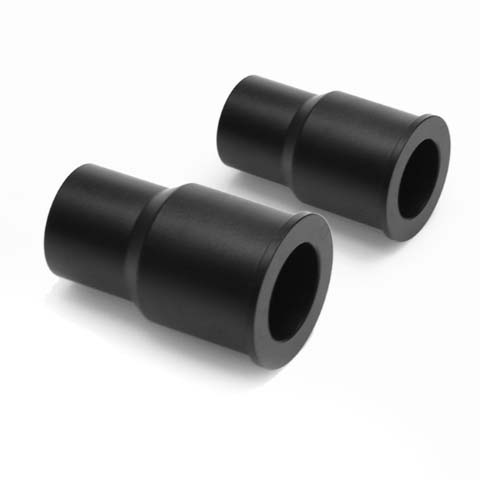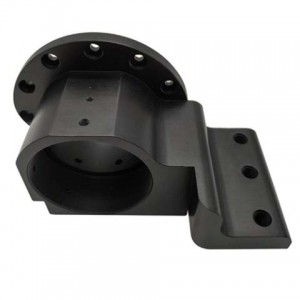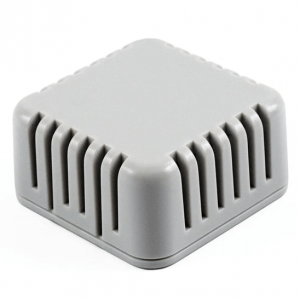Brief Introduction of POM Materials
Information of POM
| Features | Info |
| Color | White, Black, Brown |
| Process | CNC machining, injection molding |
| Tolerance | With drawing: as low as +/- 0.005 mm No drawing: ISO 2768 medium |
| Applications | High rigidity and strength applications like gears, bushings, and fixtures |
Available POM Subtypes
| Subtypes | Tensile Strength | Elongation at Break | Hardness | Density | Maximum Temp |
| Delrin 150 | 9,000 PSI | 25% | Rockwell M90 | 1.41 g/㎤ 0.05 lbs / cu. in. | 180° F |
| Delrin AF (13% PTFE Filled) | 7,690 – 8,100 PSI | 10.3% | Rockwell R115-R118 | 1.41 g/㎤ 0.05 lbs / cu. in. | 185° F |
| Delrin (30% Glass Filled) | 7,700 PSI | 6% | Rockwell M87 | 1.41 g/㎤ 0.06 lbs / cu. in. | 185° F |
General Information for POM
POM is supplied in a granulated form and can be formed into the desired shape by applying heat and pressure. The two most common forming methods employed are injection molding and extrusion. Rotational molding and blow molding are also possible.
Typical applications for injection-molded POM include high-performance engineering components (e.g. gear wheels, ski bindings, yoyos, fasteners, lock systems). The material is widely used in the automotive and consumer electronics industry. There are special grades that offer higher mechanical toughness, stiffness or low-friction/wear properties.
POM is commonly extruded as continuous lengths of round or rectangular section. These sections can be cut to length and sold as bar or sheet stock for machining.
Call on Guan Sheng staff to recommend the right materials from our rich selection of metal and plastic materials with different colors, infill, and hardness. Every material we utilize comes from reputable suppliers and is thoroughly inspected to ensure they can be matched to various manufacturing styles, from plastic injection molding to sheet metal fabrication.






